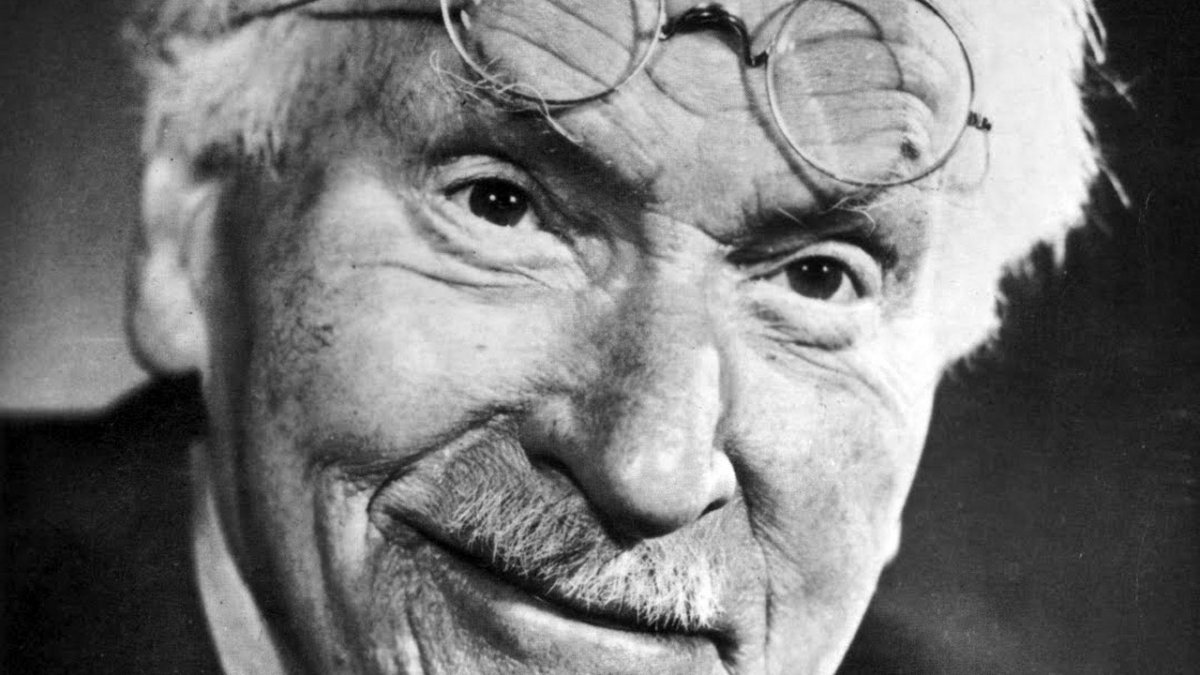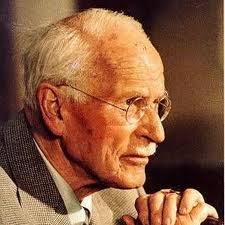 By Robin Robertson
By Robin Robertson
Excerpts:
- … Because human beings are capable of counting (“one, two, three…”), we imagine that is how numbers were arrived at.
- … The story seems to demonstrate that a crow (or at least the crow in the story) has a sense of “one”, “two”, “three”, and “many”.
- … In brief, one corresponds to a stage of non-differentiation; two—polarity or opposition; three—movement toward resolution, as expressed, e.g., in the Christian trinity.
 This paper has been adapted from the final chapter of Jungian Archetypes: Jung, Godel and the History of Archetypes, Nicolas-Hay, 1996, with the permission of Nicolas-Hay. Copyright Nicolas-Hay Publishers.
This paper has been adapted from the final chapter of Jungian Archetypes: Jung, Godel and the History of Archetypes, Nicolas-Hay, 1996, with the permission of Nicolas-Hay. Copyright Nicolas-Hay Publishers.
The sequence of natural numbers turns out to be unexpectedly more than a mere stringing together of identical units: it contains the whole of mathematics and everything yet to be discovered in this field. — Carl Jung[1]
It has turned out that (under the assumption that modern mathematics is consistent) the solution of certain arithmetical problems requires the use of assumptions essentially transcending arithmetic; i.e., the domain of the kind of elementary indisputable evidence that may be most fittingly compared with sense perception. — Kurt Godel[2]

 Sigmund Freud, physiologist, medical doctor, psychologist and father of psychoanalysis, is generally recognised as one of the most influential and authoritative thinkers of the twentieth century. Working initially in close collaboration with Joseph Breuer, Freud elaborated the theory that the mind is a complex energy-system, the structural investigation of which is proper province of psychology. He articulated and refined the concepts of the unconscious, of infantile sexuality, of repression, and proposed a tri-partite account of the mind’s structure, all as part of a radically new conceptual and therapeutic frame of reference for the understanding of human psychological development and the treatment of abnormal mental conditions. Notwithstanding the multiple manifestations of psychoanalysis as it exists today, it can in almost all fundamental respects be traced directly back to Freud’s original work. Further, Freud’s innovative treatment of human actions, dreams, and indeed of cultural artefacts as invariably possessing implicit symbolic significance has proven to be extraordinarily fecund, and has had massive implications for a wide variety of fields, including anthropology, semiotics, and artistic creativity and appreciation in addition to psychology. However, Freud’s most important and frequently re-iterated claim, that with psychoanalysis he had invented a new science of the mind, remains the subject of much critical debate and controversy.
Sigmund Freud, physiologist, medical doctor, psychologist and father of psychoanalysis, is generally recognised as one of the most influential and authoritative thinkers of the twentieth century. Working initially in close collaboration with Joseph Breuer, Freud elaborated the theory that the mind is a complex energy-system, the structural investigation of which is proper province of psychology. He articulated and refined the concepts of the unconscious, of infantile sexuality, of repression, and proposed a tri-partite account of the mind’s structure, all as part of a radically new conceptual and therapeutic frame of reference for the understanding of human psychological development and the treatment of abnormal mental conditions. Notwithstanding the multiple manifestations of psychoanalysis as it exists today, it can in almost all fundamental respects be traced directly back to Freud’s original work. Further, Freud’s innovative treatment of human actions, dreams, and indeed of cultural artefacts as invariably possessing implicit symbolic significance has proven to be extraordinarily fecund, and has had massive implications for a wide variety of fields, including anthropology, semiotics, and artistic creativity and appreciation in addition to psychology. However, Freud’s most important and frequently re-iterated claim, that with psychoanalysis he had invented a new science of the mind, remains the subject of much critical debate and controversy.
 Sigmund Freud 1856
Sigmund Freud 1856 




























